
Gently loosen the soil around the roots of your bonsai tree once a month. This will allow more air and nutrients to reach the roots, which can help the trunk increase in size.
Contents:
- Understanding Bonsai Trees and Their Trunks
- Importance of Choosing the Right Species for Trunk Growth
- Appropriate Soil Mixture for Optimum Trunk Development
- Fertilization Techniques to Promote Healthy Trunk Growth
- Pruning Practices that Encourage Thickening of Tree’s Trunk
- Wiring Strategies for Training Bonsai Trunks
- Patience and Consistency in Achieving a Desired Trunk Size
If you have access to a specialized bonsai soil mix, it can also help to promote growth in the trunk. Bonsai soil mixes usually contain mineral-rich particles that provide additional nourishment for increased growth.
You can also apply fertilizers or supplements designed specifically for bonsais to further encourage development in their trunks. Be sure to follow all directions on any products that you choose, and be aware that too much fertilizer or supplement could harm your tree’s delicate structure.
Understanding Bonsai Trees and Their Trunks
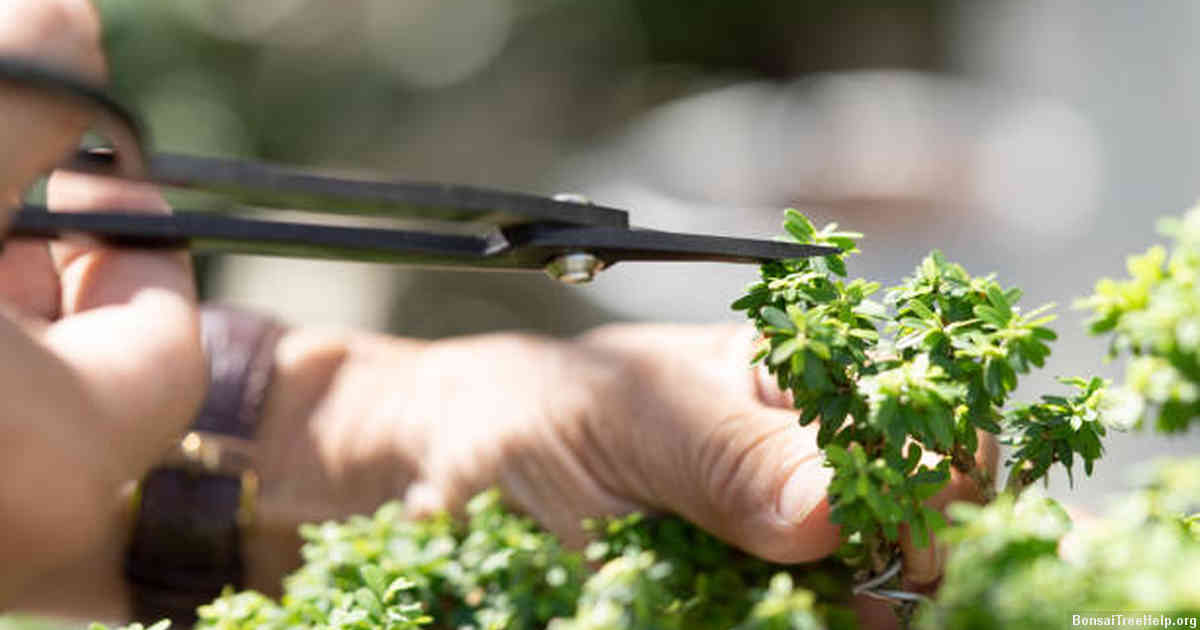
Bonsai trees have been cultivated for centuries and are an iconic piece of Eastern culture. They are miniature versions of trees and can be cared for in the same way as a regular tree, with certain techniques used to shape them into desired forms. One of the most important parts of a bonsai tree is its trunk – it provides stability for the branches and leaves, but also gives the tree character when it comes to appearance. If someone would like to make their bonsai tree’s trunk larger, understanding how these trunks grow is essential.
Trunks generally become thicker over time naturally as new layers of cells form on top of existing ones. This growth process happens much slower than on full sized trees due to their limited size and reduced resources available which restricts natural expansion. To add additional thickness more quickly, strategic trimming needs to be done using very precise shears so that the right shapes are preserved while allowing the trunk to expand gradually. Pruning backside shoots helps direct energy into growing more branches instead, leading to an increase in trunk width without affecting its height too drastically.
Another technique that works well is applying a bonsai-friendly fertilizer on a regular basis; this helps promote healthy cell formation along with stronger roots, both necessary factors in creating thicker trunks faster if done correctly. It also increases air flow through foliage and strengthens resistance against diseases which can cause stunted or distorted growth patterns depending on the severity or type of infection present.
Importance of Choosing the Right Species for Trunk Growth
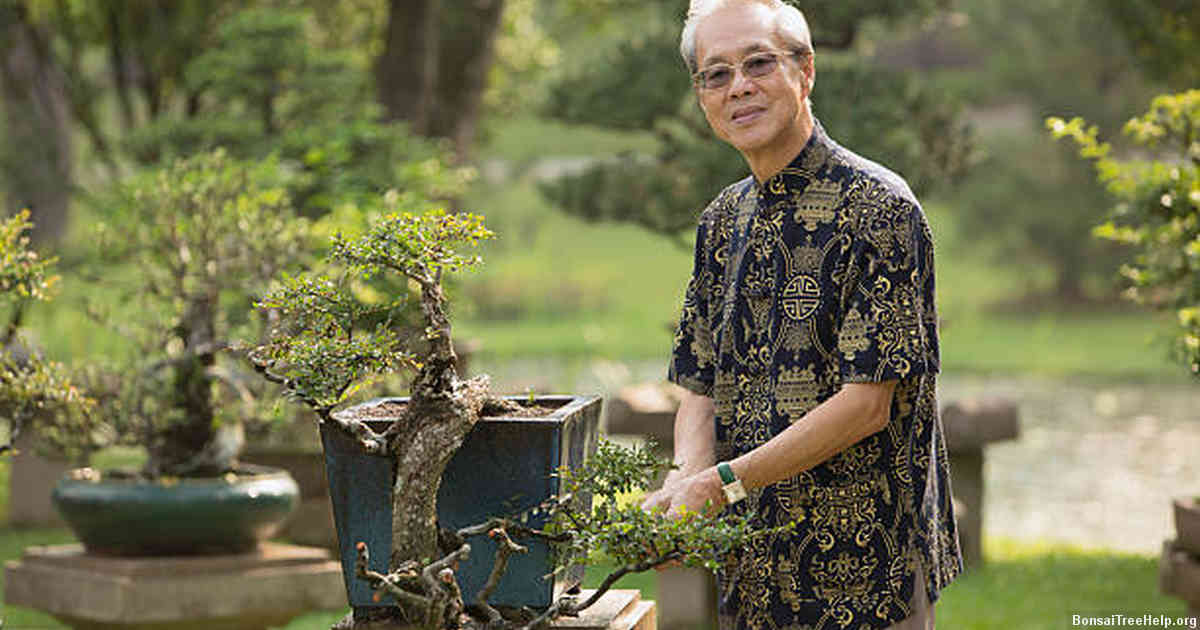
Finding the right species of bonsai tree for one’s needs is essential to achieving a larger trunk. It is important to understand that all varieties have different characteristics and thus require unique care techniques. In particular, some trees are better suited for larger trunks than others. For example, Black Pine Bonsais can easily be trained with careful pruning into thick-barked giants, while Beeches prefer to remain trim and slender even when grown in pots.
By understanding the specific traits of each species, gardeners can make an informed decision when selecting which variety they will nurture into a mature bonsai specimen. Depending on their aesthetic preferences or desired effects in their gardenscape design, they may pick ones that actively promote robust growth in trunk size such as Chinese Elm or Zelkova which both boast impressive sprouting abilities throughout the year, or decide against certain Japanese elms which form thicker foliage at the expense of bulkier trunks since it grows more horizontally instead of upward.
It is also worthwhile noting that by closely monitoring soil composition and nutrition levels from time to time during its development stages can help achieve superior results in trunk expansion as well. This includes adjusting for pH balance amongst other factors if needed so roots stay vigorous enough to further support trunk enlargement over time; a healthy body naturally allows for higher vertical reach as tallness correlates with expanded diameter at least somewhat near its base.
Appropriate Soil Mixture for Optimum Trunk Development
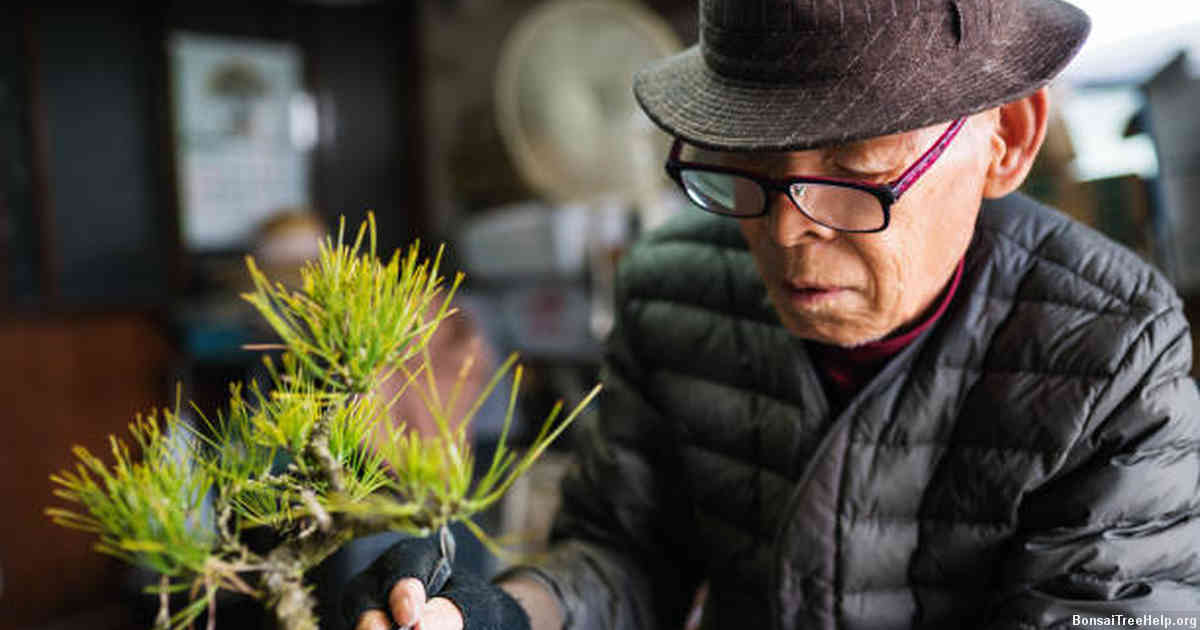
Having healthy bonsai tree trunks is paramount to having a successful bonsai garden. As such, you want to choose an appropriate soil mixture that will allow the tree’s trunk to grow with the right nutrients and air supply. It’s important to note that all trees need different nutrient requirements so check with your local nursery to see what is recommended for optimal growth.
For most species of bonsai trees, a loam-based soil can be ideal as it’s well-draining while still being able to hold enough moisture and nutrients in the mix. Depending on the size of your pot, you might also want to consider adding extra drainage material such as small pebbles or expanded clay balls which can help keep excess water from pooling around the roots. Adding some organic matter like compost or peat moss can be beneficial too as these materials break down over time and help release more trace elements into the soil.
For best results, don’t forget about aeration when considering your soil mixture; Aeration helps create an environment where roots have access to oxygen and ensures a better uptake of nutrients for root development. You can add perlite or coarse sand into your mix for extra aeration and it’s particularly important if you are using heavier soils such as clays. Not only will this provide adequate air circulation within the soil mix but it will also reduce compaction making sure that both water and nutrients are efficiently transported throughout its entire matrix.
Fertilization Techniques to Promote Healthy Trunk Growth
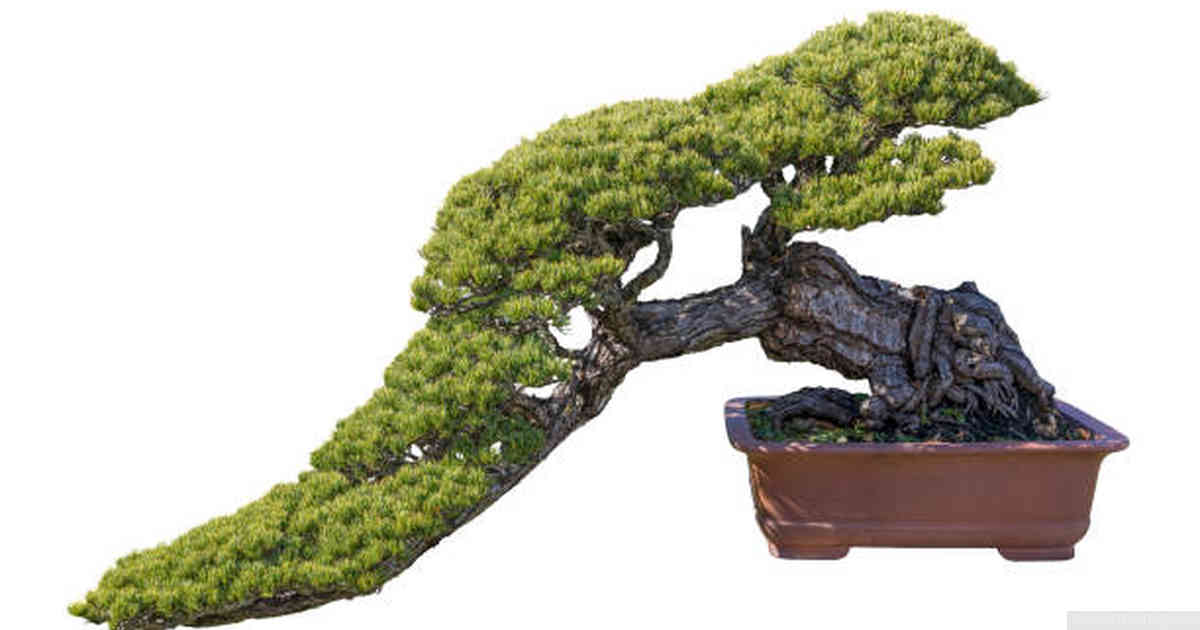
Fertilization is an essential component in helping your bonsai tree’s trunk grow thick and strong. Depending on the size of your bonsai, you can use organic or mineral based fertilizers. When using an organic fertilizer, be sure to apply it to the soil surface after every watering session and lightly work it into the top layer. Organic options such as cow manure and fish emulsion should then be applied once a month during growing season for optimal trunk growth results.
If opting for a mineral-based fertilizer, you will want to begin feeding your bonsai when buds start opening up in early spring time until they fully open–just remember not to feed during late summer and fall months, as this may actually stunt the process of healthy trunk expansion. For mineral fertilizers such as slow-release granules or liquid foliar feeders, make sure you follow application directions accordingly so that your bonsai isn’t over-fed with minerals. When it comes to creating a stronger trunks for your miniature trees, both organic and mineral fertilizing techniques should help support development naturally over time.
Pruning Practices that Encourage Thickening of Tree’s Trunk
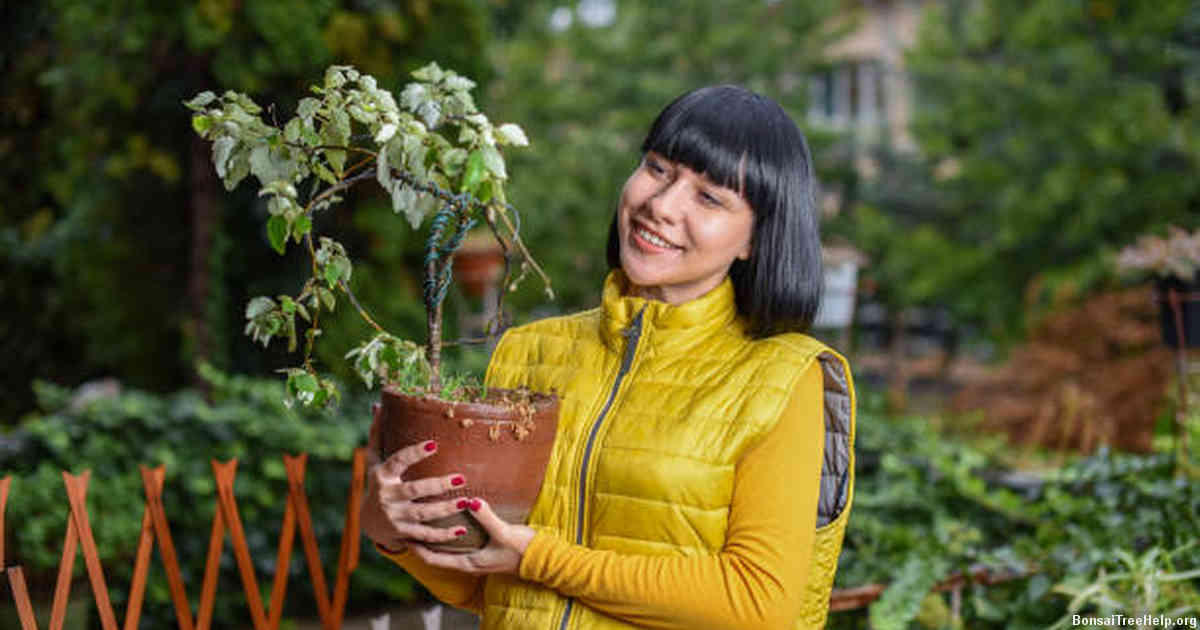
Pruning a bonsai tree is an essential part of its cultivation, as it helps maintain the desired shape and size of the plant. Pruning can also be utilized to thicken the trunk of a bonsai tree; this is usually done by removing branches that are competing for growth with the main trunk. By selectively pruning these lateral branches, it will allow more resources such as sunlight and water to be directed towards those areas on the trunk that need thickening.
An additional practice used to promote thickening in a tree’s trunk is bark-lifting. This technique involves using two wires wrapped around opposite sides of the plant’s trunk at an angle, near where you would like your future branch to appear. The wires slowly stimulate new shoots from underneath the bark, which promote thicker development along with creating interesting contrast for aesthetic purposes.
Sometimes a branch may begin curving too close or even completely wrap around your bonsai’s trunk. In cases like this, severe pruning techniques should be utilized in order to reduce stress on both newly formed shoots and existing ones alike. It’s crucial that these extreme methods be employed only when necessary since over-pruning can cause rapid dieback or even death of entire sections if not properly managed.
Wiring Strategies for Training Bonsai Trunks
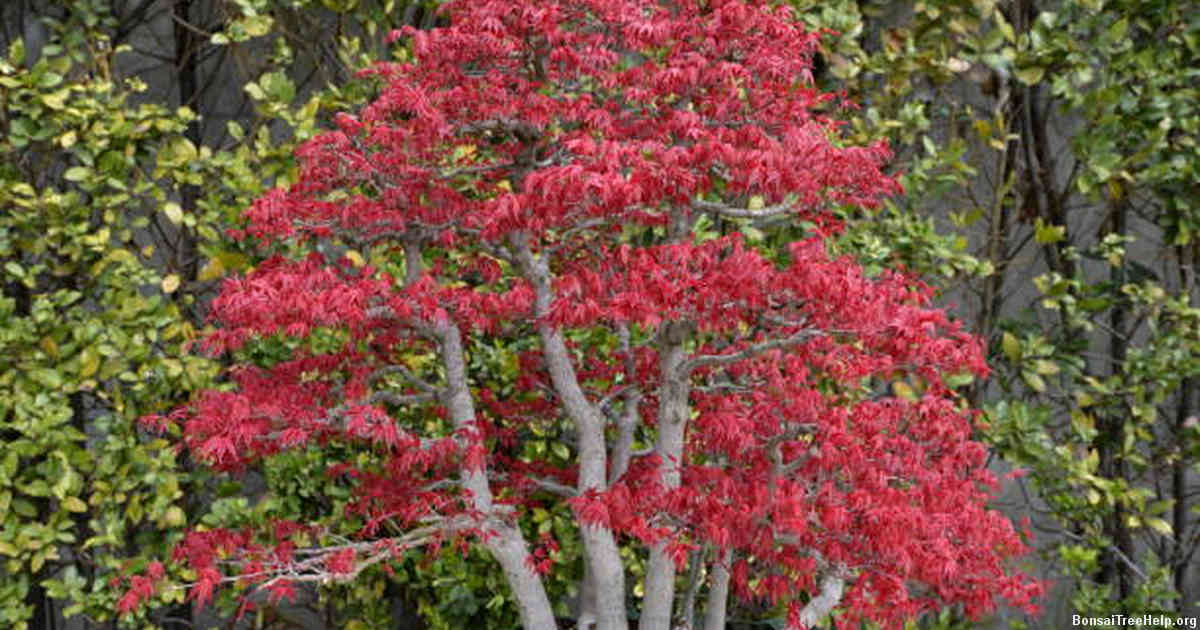
Creating larger trunks on a bonsai tree is an art form that can require careful wiring strategies. Wiring helps to shape the trunk of the tree over time, but it must be done carefully in order to avoid damaging or breaking branches. The first step is selecting appropriate wire for your particular type of tree and its individual branches. Copper and aluminum are both common choices for wiring bonsai trees, with copper being more malleable and allowing for more flexibility during the training process.
Once you’ve chosen an appropriate wire, the next step is applying the wire around the main trunk while working from bottom up. Make sure to wrap it securely enough so that it won’t slip off during movement or growth, yet gently enough not to damage any bark or limbs along its length as you guide them into position. Consider wrapping multiple small wires together in certain areas where extra strength may be needed due to thick sections of trunk or thicker branches stretching out from them. It’s important to allow time between each section of wiring so that all parts have sufficient time for adjustment before moving on – this will help ensure stronger branch structure down the road as well as keeping potential scarring from occurring at each juncture point where new wires are added.
When removing wires once they have been applied correctly, use gentle pressure against each section until one by one all excess sections have been removed safely without affecting surrounding structural integrity. Leaving too much wire on a branch can cause weakening after some time and make future adjustments harder; conversely removing too much could mean starting again if desired aesthetic results aren’t achieved right away – so take care when going through this process.
Patience and Consistency in Achieving a Desired Trunk Size
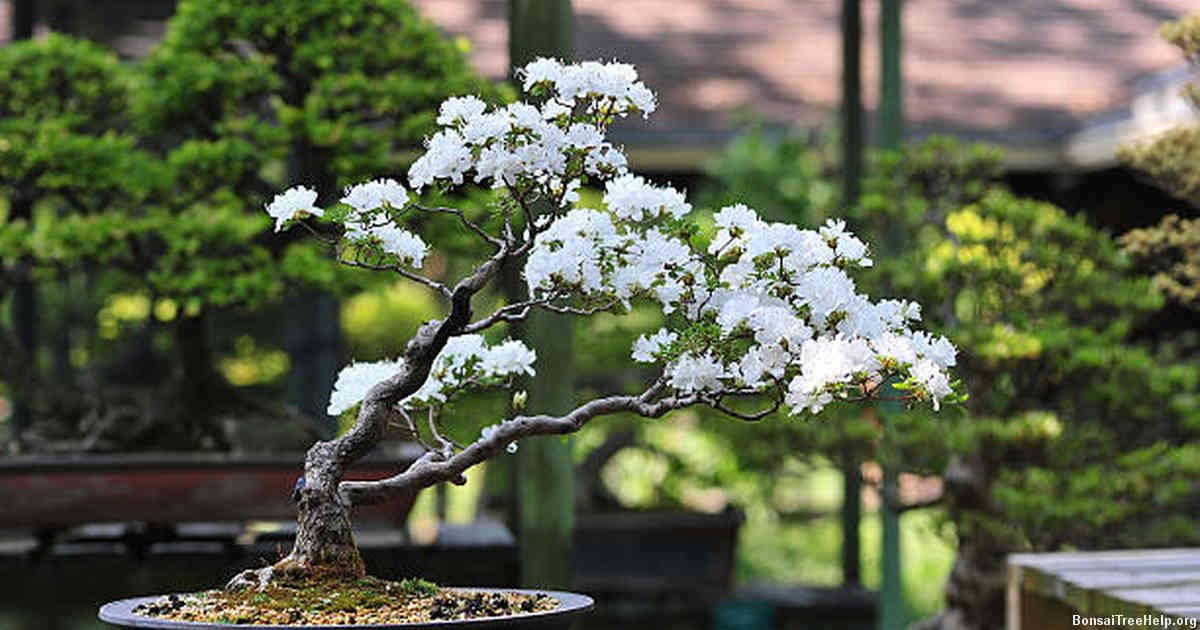
Growing and maintaining a bonsai tree requires a special skill set and an abundance of patience. Achieving the desired trunk size of your bonsai is no exception. Regardless of whether you’re using air layering, branch pruning, or any other method to alter the shape of your trunk, it can take months to years before the trunk reaches its maximum width. During this time period however, there are some key steps that you should follow in order to ensure progress towards a thicker tree-trunk over time.
Prune only when necessary – harsh cutting back may stunt growth by inhibiting resources from reaching branches further out on the tree. Feed consistently but judiciously – it’s important that your bonsai receives enough nutrition for healthy growth without becoming overly lush with foliage which will reduce light and airflow reaching the centre of the tree. Root prune around once a year during springtime if needed – this keeps roots from getting too big for their pot while simultaneously refreshing soil nutrients for new shoots along the main trunk line. Keep watering regularly so as not to deprive essential moisture from your bonsai’s cells.
Then; with regular care and attention (including selective pruning), combined with consistency in providing adequate water and nourishment for healthy growth over many seasons may help increase the thickness of trunks at a steady rate over an extended period of time.
Leave a Reply